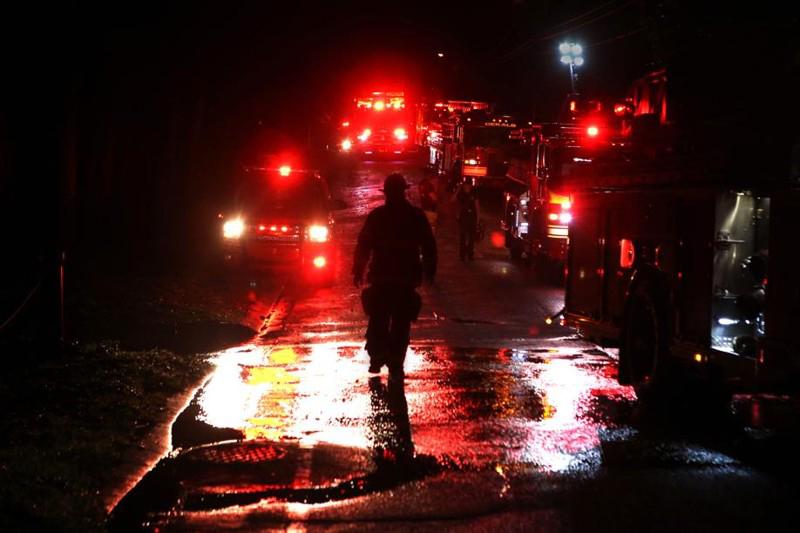
Until recent years, most of what we know about human performance came from sports studies and the military. The realities of body movement, stress, reaction time, and neurochemistry were not applied to police encounters with violent offenders. Perceptions of how police officers should act when encountering resistance to arrest tended to be based on their depiction in the media. This dearth of information for prosecutors, judges, jurors, and even police trainers resulted in unjustified discipline, firing, and even criminal prosecution.
Even today this lack of science that can explain police and offender behavior in dynamic seconds of an encounter remains a significant source of error in judicial proceedings against officers. Answers to questions like “Why did the officer have to shoot him so many times?”, “Why did the suspect have entry wounds in the back?” and “The suspect only had a cell phone, why did the officer have to shoot her?” are all found in the science of physics and biology.
Dr. Bill Lewinski, researcher and founder of Force Science Institute, has overseen studies on the speed of movement and response times to perceived threats. Understanding that the body responds to sensory inputs as they are interpreted by the brain is essential to understanding human performance. Most misunderstood is the element of time. While events seem to happen instantaneously, they have a sequence that is usually measurable in the milliseconds it takes for an offender or an officer to make a lethal decision. The price of failing to make the right decision within that tiny window of opportunity is high.
In a press release, Lewinsky stated “Where we once measured movement speeds in the hundredths of a second, we are now able to measure those speeds to the thousandths of a second using accelerometers, gyroscopes, and motion sensors.” Finally, the police profession is getting the scientific attention that football, baseball, and basketball players have gotten for years.
One example is the “run and shoot” study. Using an inexperienced subject to simulate an armed, fleeing subject, the subject runs away, turns to present a weapon, then turns back to flee with their back toward the officer. Lewinsky summarizes the results, saying “The shooting and turning times were fast. Whether they were shooting over their opposite arm or under, these inexperienced shooters were discharging their weapon faster than humans could reasonably be expected to see the threat and respond…much faster.” An officer dealing with a fleeing armed suspect will take up to three seconds to identify and recognize the threat, unholster, and fire their weapon, during which time the suspect will have been able to fire on the officer and resume their flight. When suspects are shot in the back, this information is critical in examining the officer’s reasonableness in responding to this armed encounter.
Another example of timed studies involved inexperienced shooters seated in a simulated vehicle seat and drawing a weapon to fire through a driver’s side window at an approaching officer as in a traffic stop. Again, the attacker’s ability to fire was about half a second where the officer’s ability to recognize the threat, draw, and fire was around two seconds. The reaction and response time for officers to use any defensive measure, lethal or not, puts them at a consistent disadvantage.
Add to these factors, examined under controlled circumstances, factors such as dim light, multiple suspects, hostile bystanders, and the ever-increasing specter of prosecution and condemnation, and the complexity of those force decisions increases dramatically.
Every officer investigated for their use of force decisions must be given the benefit of investigators, reviewers, and prosecutors’ knowledge of the science behind the event. Without the benefit of this kind of careful examination of the forces of nature at work, the lives, careers, and freedom of our law enforcement officers will be taken without justification.